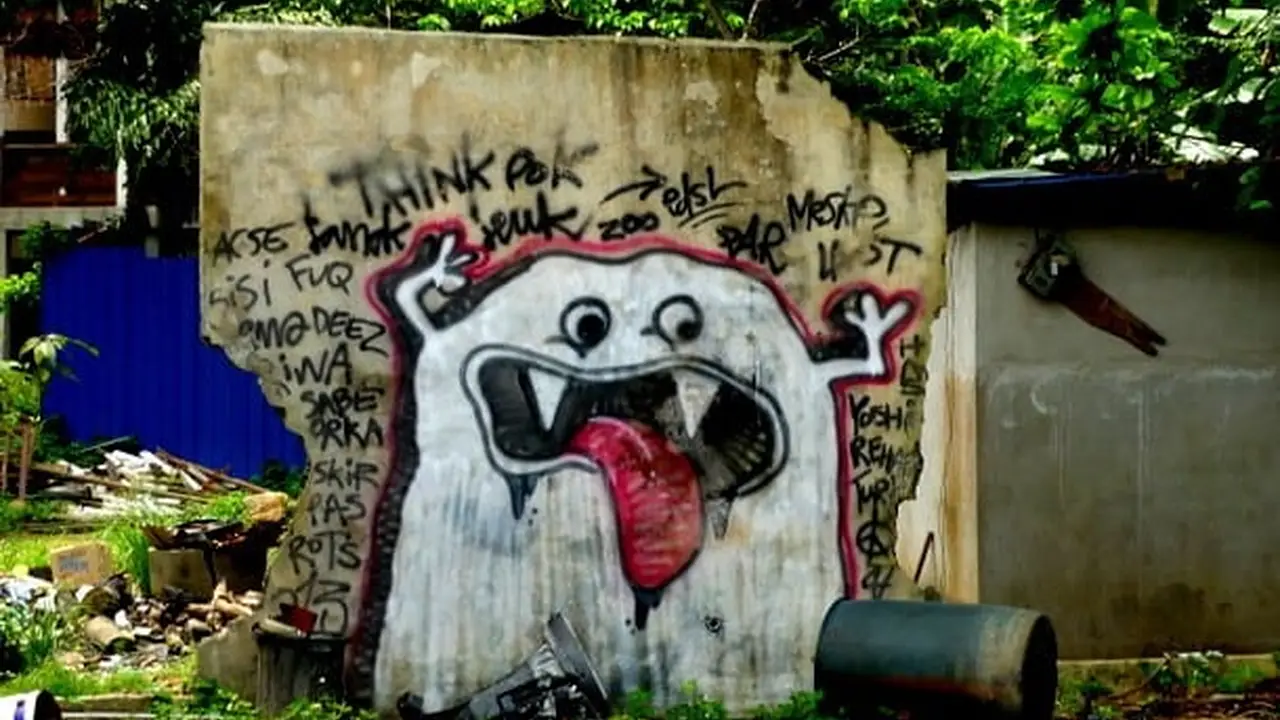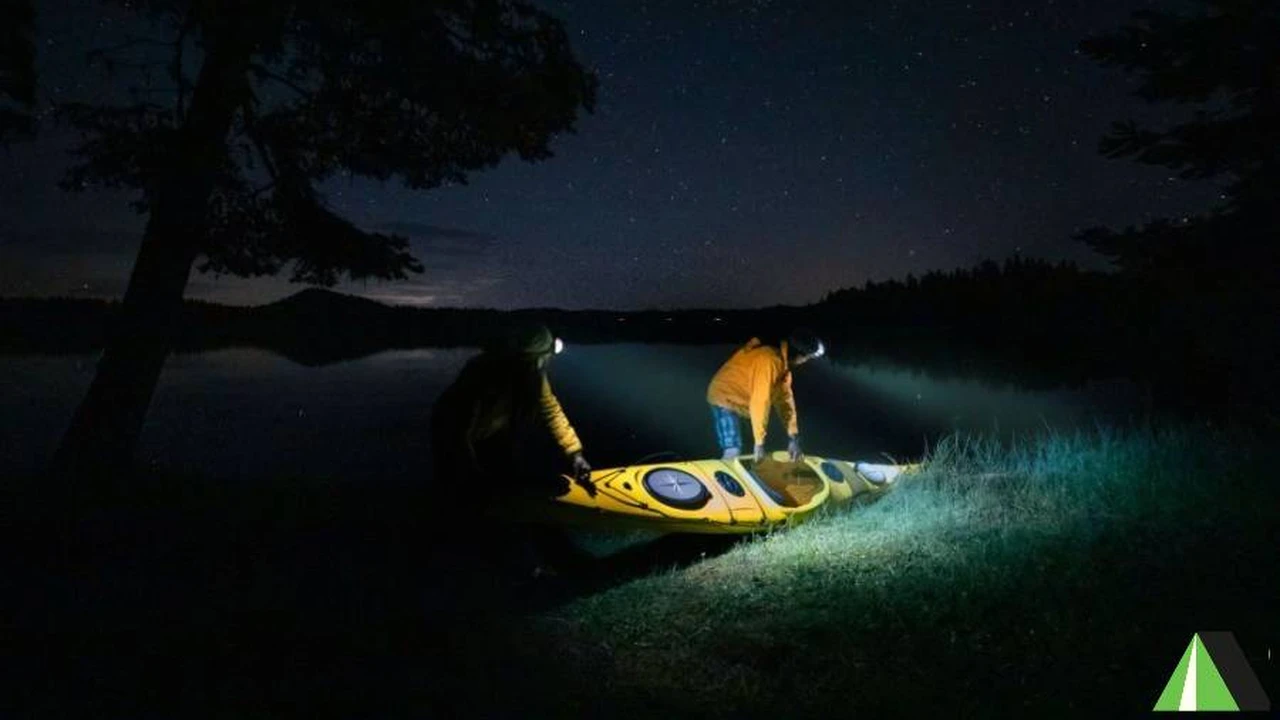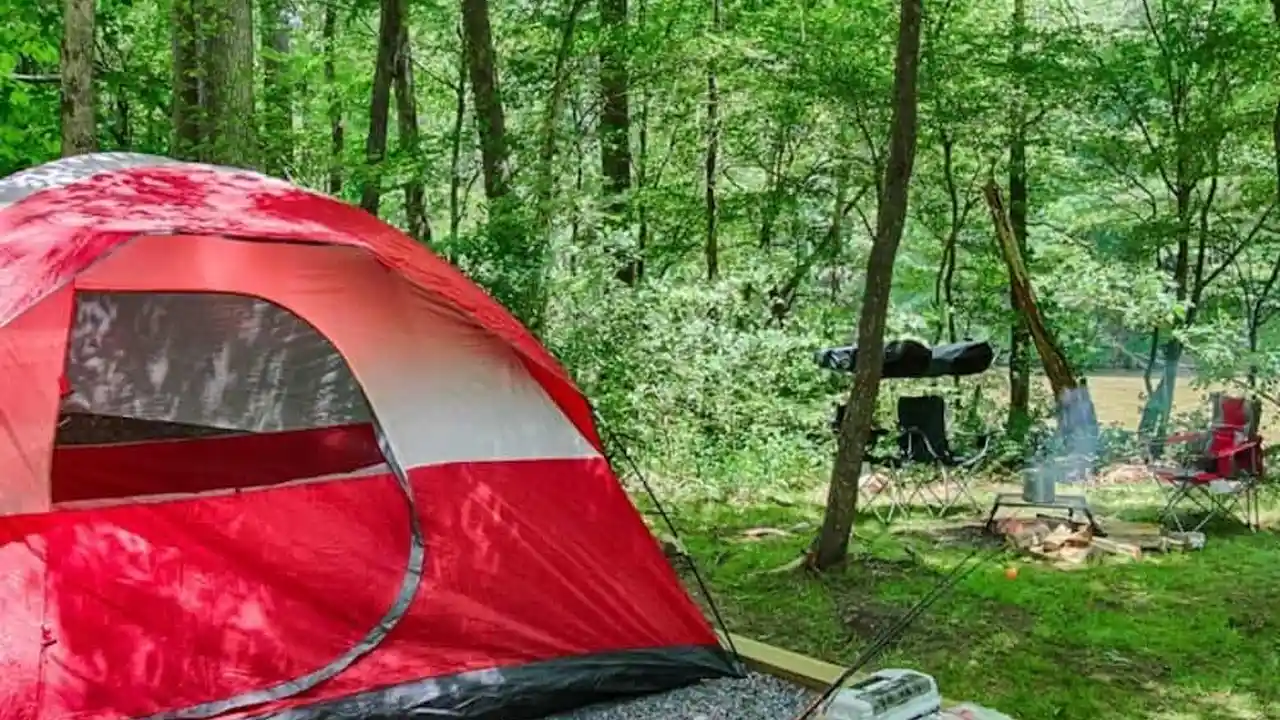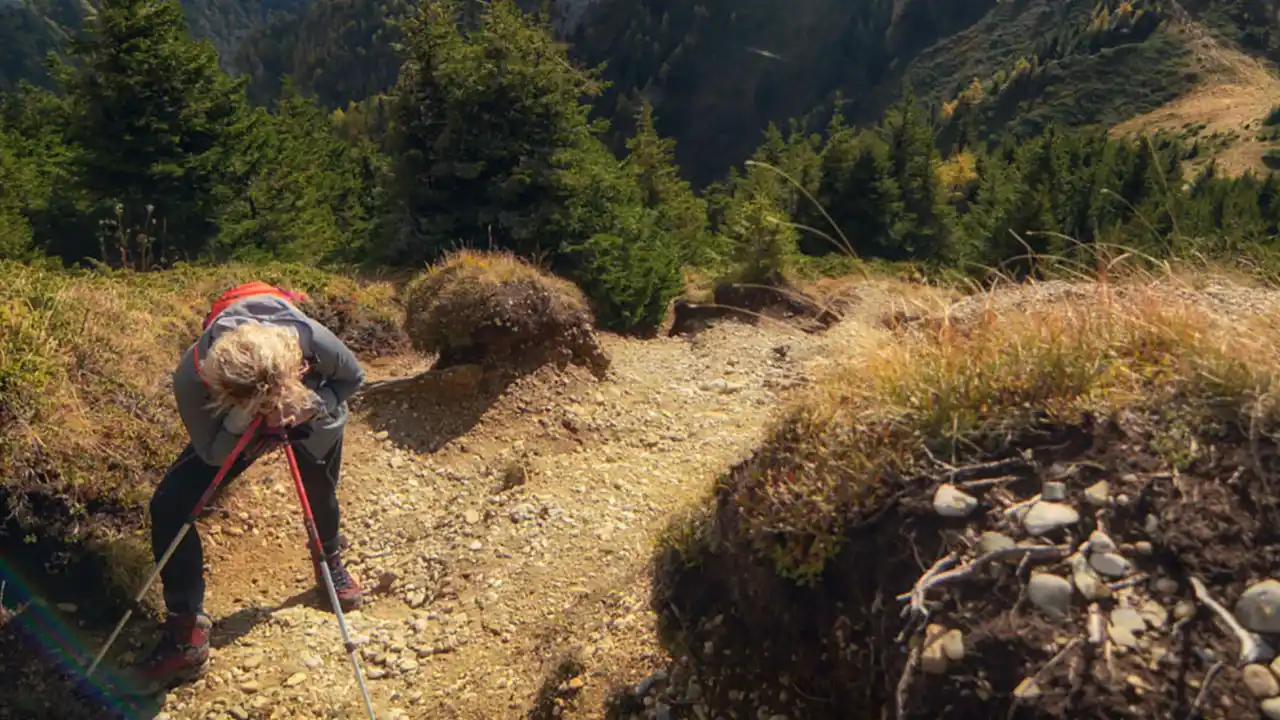Exploring Utah's National Parks_ The Mighty 5
Discover Utah's stunning national parks, known as the Mighty 5. We provide a guide to Arches, Bryce Canyon, Canyonlands, Capitol Reef, and Zion. Explore the unique landscapes and outdoor adventures these parks offer.
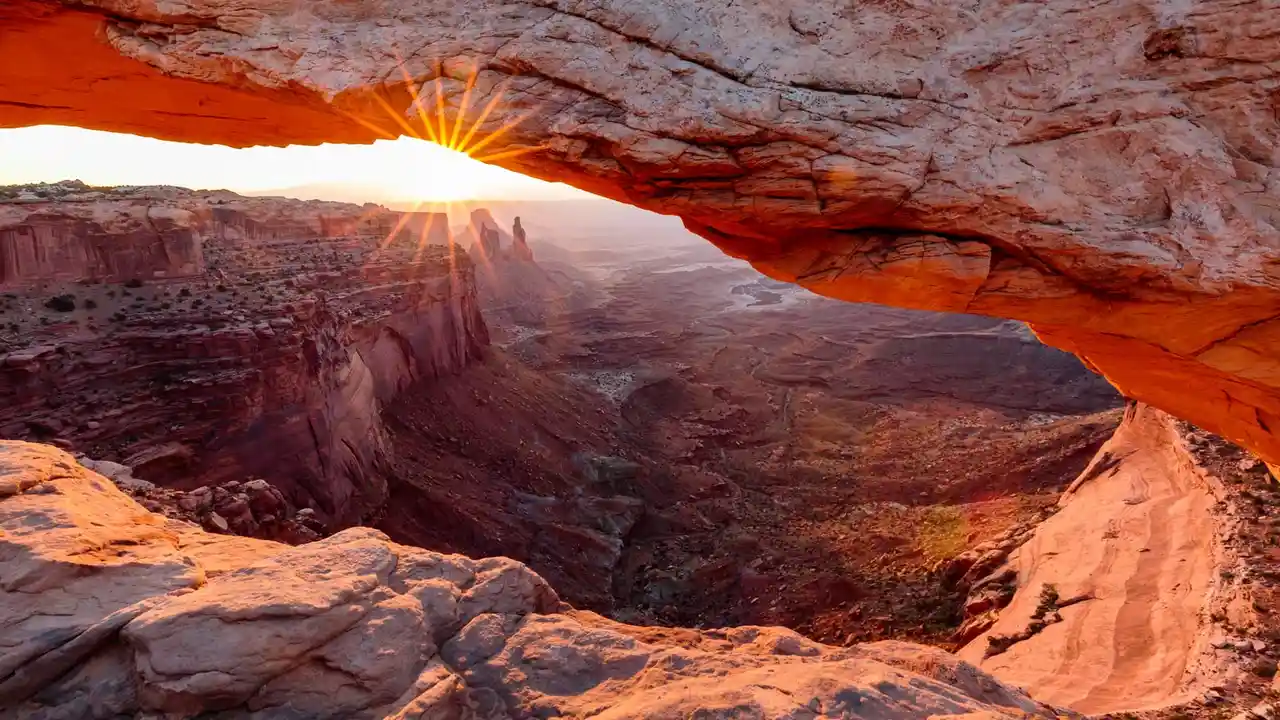
Planning Your Mighty 5 Adventure A Utah National Parks Itinerary
So, you're thinking about tackling Utah's Mighty 5? Awesome choice! This is an epic road trip that'll leave you breathless, guaranteed. But where do you start? How do you cram five national parks into one trip? Don't worry, we've got you covered. Let's dive into planning the ultimate Utah national park adventure.
First things first, timing is everything. Spring (April-May) and fall (September-October) are the sweet spots. The weather is milder, the crowds are thinner, and the hiking is prime. Summer can be scorching, and winter brings snow and potential road closures. Aim for at least 7-10 days to really savor each park. Rushing through is no fun.
Next up, the route. A classic loop starts and ends in Las Vegas or Salt Lake City, depending on where you're flying in. From Vegas, head to Zion, then Bryce Canyon, Capitol Reef, Canyonlands, and finally Arches. From Salt Lake City, you can reverse the order or adjust it based on your priorities.
Let's break down each park and some must-do activities:
- Zion National Park: The star here is The Narrows, a hike through the Virgin River in a slot canyon. Rent canyoneering shoes and a walking stick – trust us, you'll need them. Angel's Landing is another iconic hike, but it's strenuous and requires a permit. The Pa'rus Trail is an easy, paved option along the river.
- Bryce Canyon National Park: Prepare to be amazed by the hoodoos – those bizarre rock formations that look like something out of a Dr. Seuss book. Hike the Navajo Loop and Queen's Garden Trail for a close-up view. Sunrise Point and Sunset Point are, well, perfect for sunrise and sunset viewing.
- Capitol Reef National Park: This park is often overlooked, but it's a hidden gem. Drive the scenic drive, hike to Hickman Bridge, and explore the historic Fruita orchards. Don't forget to grab a homemade pie from the Gifford House!
- Canyonlands National Park: This park is divided into three districts: Island in the Sky, The Needles, and The Maze. Island in the Sky is the most accessible, with stunning overlooks like Mesa Arch and Grand View Point. The Needles offers more challenging hiking, and The Maze is for experienced backcountry adventurers only.
- Arches National Park: Home to over 2,000 natural sandstone arches, this park is a photographer's dream. Hike to Delicate Arch (the most famous one), Landscape Arch (the longest), and Double Arch. Be sure to start early to beat the heat and crowds.
Remember to book your accommodations and permits well in advance, especially if you're traveling during peak season. Camping is a popular option, but hotels and vacation rentals are also available in nearby towns like Springdale (near Zion), Bryce Canyon City (near Bryce Canyon), Torrey (near Capitol Reef), Moab (near Arches and Canyonlands).
Essential Gear for Your Utah National Parks Trip Hiking Gear and Camping Equipment
Okay, let's talk gear. You'll be doing a lot of hiking, so comfortable and supportive hiking shoes are a must. Break them in before your trip to avoid blisters. A good backpack is also essential for carrying water, snacks, sunscreen, and other essentials. Here’s a list to get you started:
- Hiking Boots: Invest in a sturdy pair of hiking boots with ankle support. Brands like Merrell, Salomon, and Keen are popular choices.
- Backpack: A daypack with a capacity of 20-30 liters should be sufficient. Osprey and Deuter make excellent backpacks for hiking.
- Water Bottles or Hydration Reservoir: Staying hydrated is crucial, especially in the desert. A hydration reservoir (like a CamelBak) is convenient for hands-free drinking.
- Sunscreen: The sun in Utah is intense, so protect your skin with a high SPF sunscreen.
- Hat and Sunglasses: Shield your eyes and face from the sun.
- Hiking Clothes: Wear moisture-wicking clothing to stay comfortable. Layers are a good idea, as the weather can change quickly.
- First-Aid Kit: Pack a basic first-aid kit with essentials like bandages, antiseptic wipes, pain relievers, and blister treatment.
- Headlamp or Flashlight: Useful for hiking in the dark or navigating around your campsite at night.
If you're planning on camping, you'll need a tent, sleeping bag, sleeping pad, cooking stove, and other camping essentials. REI and Backcountry.com are great places to find high-quality camping gear.
Product Recommendations:
- Osprey Talon 22 Backpack: Lightweight, comfortable, and perfect for day hikes. Price: $130.
- Merrell Moab 2 Vent Hiking Boots: Durable, breathable, and affordable. Price: $100.
- Black Diamond Spot 350 Headlamp: Bright, reliable, and water-resistant. Price: $40.
- Coleman Sundome 2-Person Tent: Easy to set up and perfect for beginners. Price: $60.
Accommodation Options Near the Mighty 5 National Parks Hotels Cabins and Camping
Finding the right place to rest your head after a long day of exploring is key. Luckily, there are plenty of options around the Mighty 5, ranging from budget-friendly campsites to luxurious hotels.
- Camping: Each park has its own campgrounds, but they fill up fast, especially during peak season. Book your campsite well in advance through Recreation.gov. Dispersed camping (free camping outside of designated campgrounds) is also an option in some areas, but be sure to check the regulations.
- Hotels: Towns like Springdale (near Zion), Bryce Canyon City (near Bryce Canyon), Torrey (near Capitol Reef), and Moab (near Arches and Canyonlands) offer a variety of hotels, from budget motels to upscale resorts.
- Vacation Rentals: Airbnb and VRBO are great resources for finding vacation rentals, such as cabins, condos, and houses. This can be a good option if you're traveling with a group or want more space and amenities.
Accommodation Recommendations:
- Zion Lodge (Zion National Park): A historic lodge located inside the park, offering stunning views and convenient access to hiking trails. Price: $300-$500 per night.
- The Lodge at Bryce Canyon (Bryce Canyon National Park): Another historic lodge located inside the park, with cozy rooms and a restaurant. Price: $250-$400 per night.
- Red Sands Hotel (Torrey, near Capitol Reef): A modern hotel with comfortable rooms and a pool. Price: $150-$250 per night.
- Hoodoo Moab, Curio Collection by Hilton (Moab, near Arches and Canyonlands): A stylish hotel with a rooftop pool and bar. Price: $200-$400 per night.
Understanding the Costs Involved Budgeting for Your Utah National Parks Road Trip
Let's talk money. A trip to the Mighty 5 can be expensive, but with careful planning, you can keep your costs down. Here's a breakdown of the major expenses:
- Transportation: This includes flights, rental car, and gas. Flights to Las Vegas or Salt Lake City can range from $200 to $500, depending on your origin and time of year. A rental car will cost around $50-$100 per day. Gas prices in Utah are generally comparable to the national average.
- Park Entrance Fees: You can purchase an America the Beautiful Pass for $80, which covers entrance fees to all national parks and federal recreation lands for one year. This is a great deal if you plan on visiting multiple parks. Otherwise, entrance fees range from $20 to $35 per park.
- Accommodation: Camping is the cheapest option, with campsites costing around $20-$30 per night. Hotels and vacation rentals can range from $100 to $500 per night, depending on the location and amenities.
- Food: Eating out can be expensive, so consider packing your own meals and snacks. Grocery stores are available in the towns near the parks.
- Activities: Some activities, like canyoneering in The Narrows, require permits and equipment rentals. Factor these costs into your budget.
Budgeting Tips:
- Travel during the off-season (spring or fall) to save on flights and accommodations.
- Camp instead of staying in hotels.
- Pack your own food and snacks.
- Take advantage of free activities, like hiking and scenic drives.
- Purchase an America the Beautiful Pass if you plan on visiting multiple parks.
Safety Considerations and Tips for Visiting Utahs National Parks Hiking Safety Weather Conditions and Wildlife
Safety should always be your top priority when exploring the Mighty 5. The desert environment can be unforgiving, so it's important to be prepared.
- Hiking Safety: Stay on marked trails, wear appropriate footwear, and carry plenty of water. Let someone know your hiking plans and expected return time. Be aware of the signs of heat exhaustion and heatstroke.
- Weather Conditions: The weather in Utah can change rapidly. Be prepared for extreme heat in the summer, cold temperatures in the winter, and flash floods during monsoon season. Check the forecast before you go and pack accordingly.
- Wildlife: Be aware of the wildlife in the parks, including snakes, scorpions, and mountain lions. Keep a safe distance from animals and never feed them. Store food properly to avoid attracting wildlife to your campsite.
- Flash Floods: Slot canyons are particularly susceptible to flash floods. Never enter a slot canyon if there is a chance of rain.
- Altitude Sickness: Some of the parks, like Bryce Canyon, are at high altitudes. Acclimatize gradually and drink plenty of water to avoid altitude sickness.
Photography Tips for Capturing the Beauty of the Mighty 5 National Parks Best Photo Spots and Camera Gear Recommendations
The Mighty 5 are a photographer's dream, with stunning landscapes and unique rock formations. Here are some tips for capturing the beauty of these parks:
- Best Photo Spots: Mesa Arch (Canyonlands), Delicate Arch (Arches), Sunrise Point (Bryce Canyon), The Narrows (Zion), Hickman Bridge (Capitol Reef).
- Golden Hour: The best time to take photos is during the golden hour (the hour after sunrise and the hour before sunset). The light is soft and warm, creating beautiful shadows and colors.
- Composition: Use leading lines, the rule of thirds, and other composition techniques to create visually appealing photos.
- Camera Gear: A wide-angle lens is great for capturing landscapes, while a telephoto lens is useful for photographing wildlife. A tripod is essential for taking sharp photos in low light.
Camera Gear Recommendations:
- Sony Alpha a6000: A mirrorless camera that's lightweight and easy to use. Price: $600.
- Canon EOS Rebel T7: A DSLR camera that's a great value for the price. Price: $500.
- GoPro Hero9 Black: A waterproof action camera that's perfect for capturing adventures. Price: $400.
Tips for Traveling with Kids to Utahs National Parks Family Friendly Activities and Planning Tips
The Mighty 5 are a great destination for a family vacation. Here are some tips for traveling with kids:
- Choose Family-Friendly Activities: Look for easy hiking trails, ranger programs, and visitor center exhibits that are geared towards children.
- Pack Snacks and Drinks: Keep your kids happy and energized with plenty of snacks and drinks.
- Take Breaks: Don't try to cram too much into one day. Take breaks and allow your kids time to rest and play.
- Be Prepared for the Weather: The weather in Utah can be unpredictable, so pack clothing for all types of conditions.
- Bring Sunscreen and Hats: Protect your kids from the sun with sunscreen and hats.
Sustainable Travel Practices for Visiting Utahs National Parks Minimizing Your Environmental Impact
It's important to travel responsibly and minimize your environmental impact when visiting the Mighty 5. Here are some tips:
- Stay on Marked Trails: Avoid trampling vegetation and disturbing wildlife.
- Pack Out All Trash: Leave no trace behind.
- Conserve Water: Water is a precious resource in the desert.
- Support Local Businesses: Shop at local stores and eat at local restaurants.
- Respect Wildlife: Keep a safe distance from animals and never feed them.
Alternative Activities Beyond the Parks Exploring State Parks and Nearby Attractions
While the Mighty 5 are the main attraction, there are plenty of other things to see and do in the area. Consider visiting some of the nearby state parks, like Dead Horse Point State Park or Goblin Valley State Park. You can also explore the charming towns of Moab, Torrey, and Springdale.
:max_bytes(150000):strip_icc()/277019-baked-pork-chops-with-cream-of-mushroom-soup-DDMFS-beauty-4x3-BG-7505-5762b731cf30447d9cbbbbbf387beafa.jpg)



